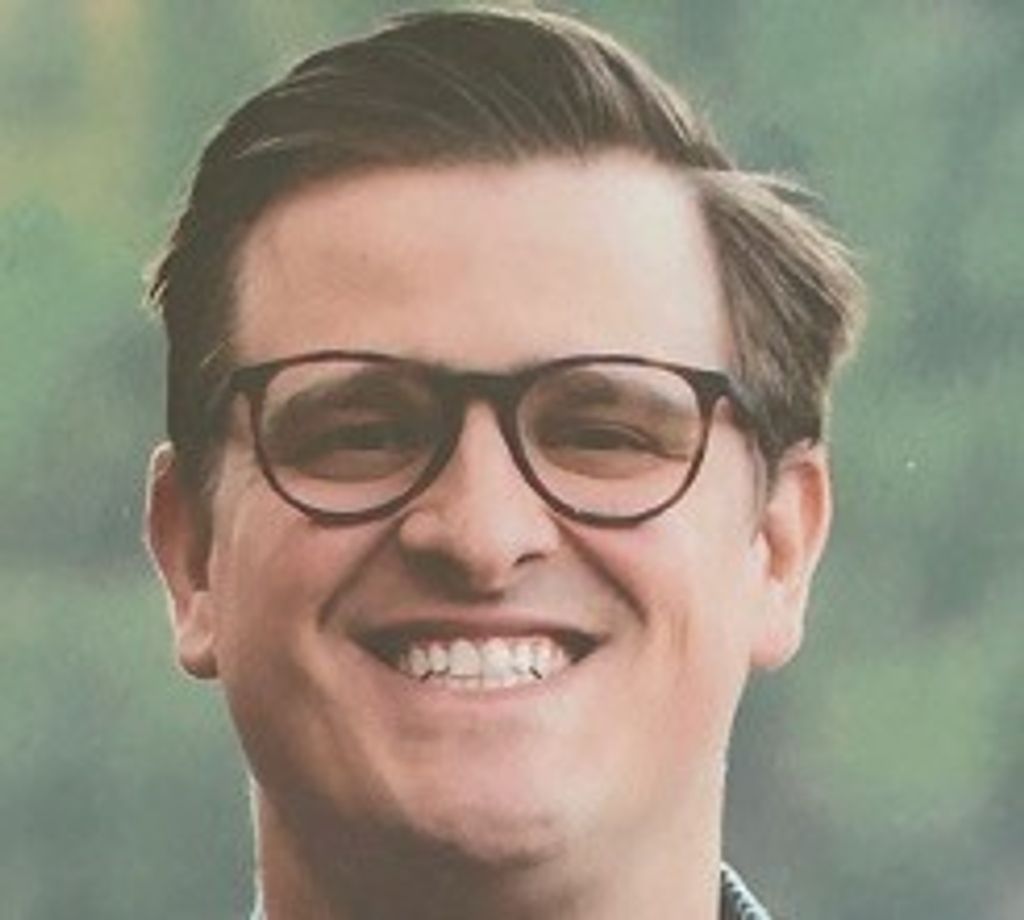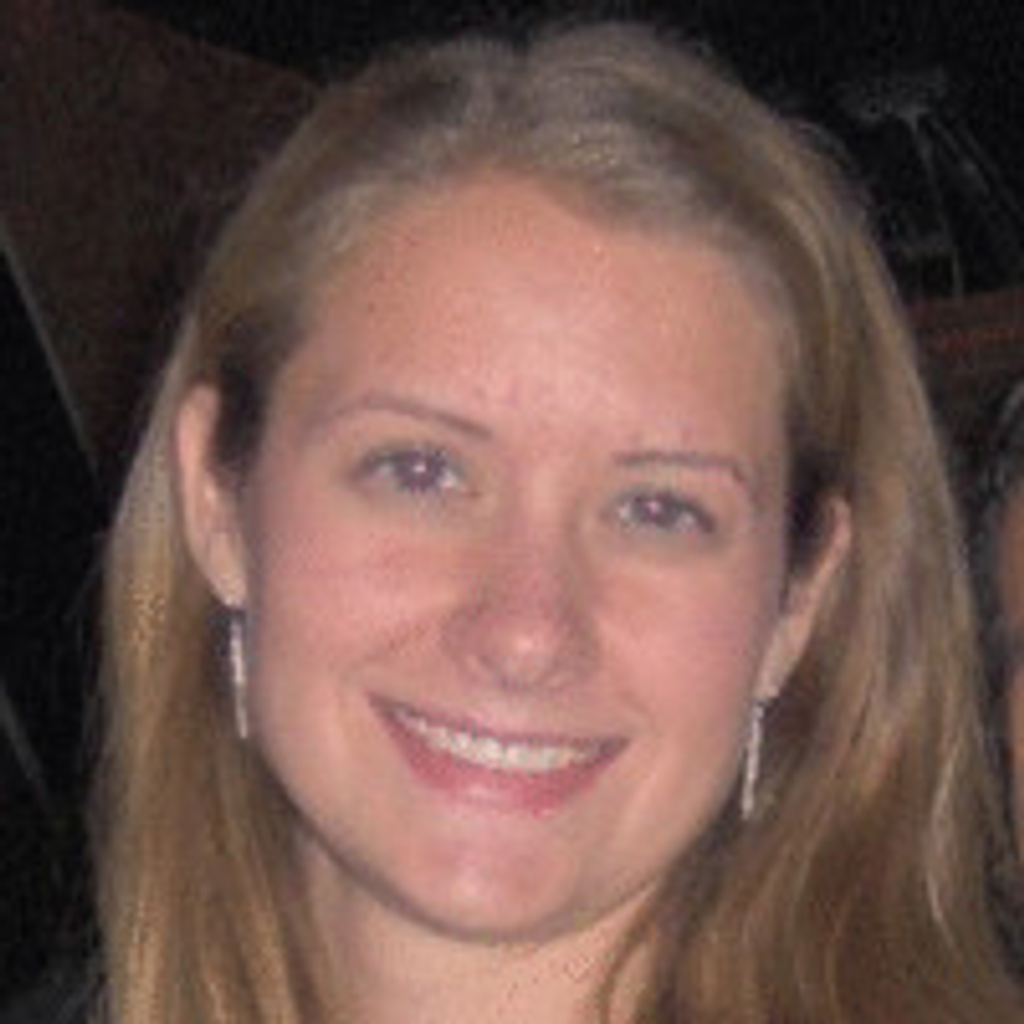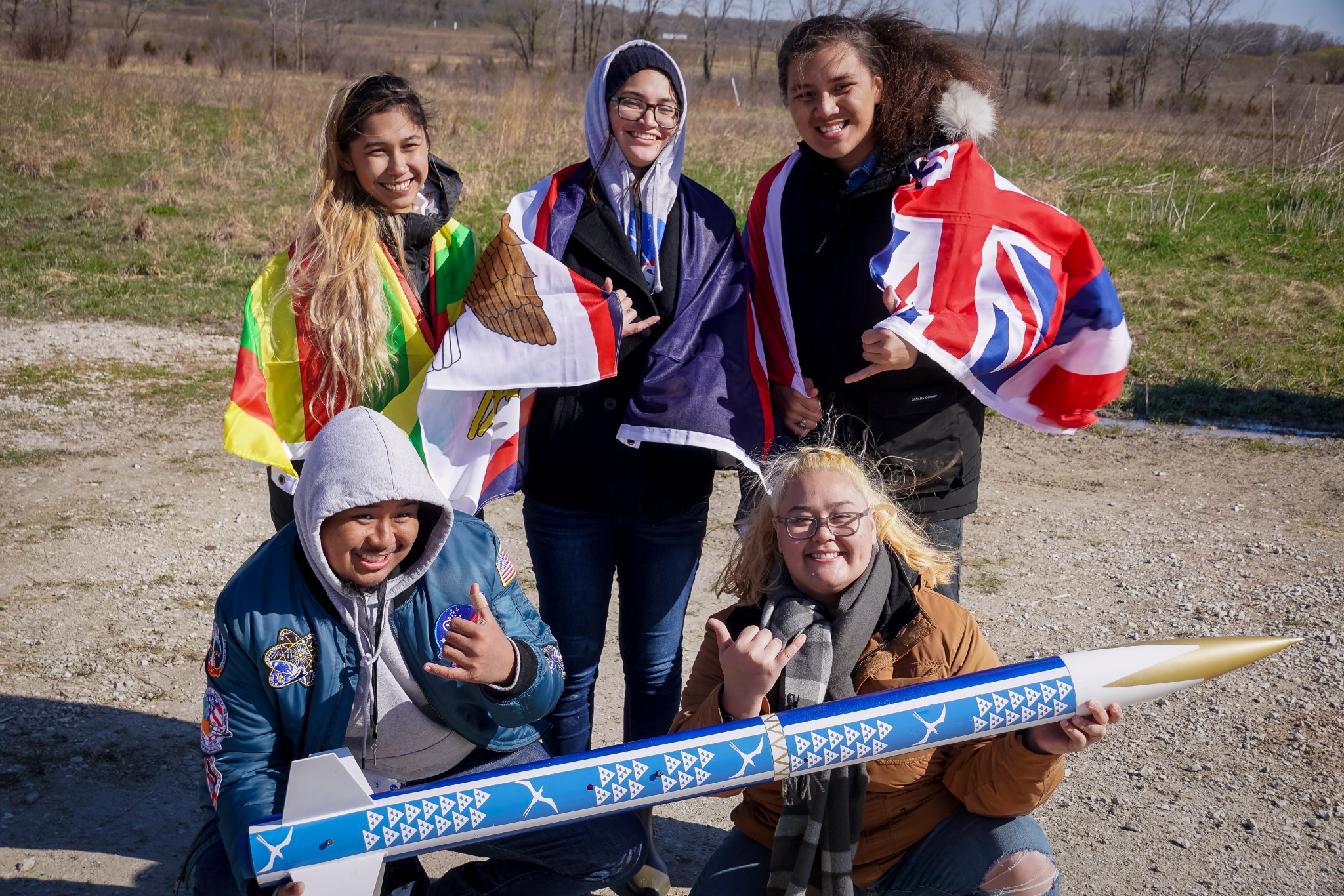
By Danielle Sempsrott
NASA’s Kennedy Space Center
Under the Artemis program, NASA is preparing to send the first woman and the next man to the Moon in 2024 as part of the agency’s Moon to Mars exploration approach. The knowledge we gain will inspire the next generation – the Artemis Generation – and will help us successfully draw new talent to the STEM careers of tomorrow.
One way the agency is engaging and inspiring that next generation is through the First Nations Launch (FNL) National High-Power Rocket Competition – the largest, undergraduate high-powered rocket program in the U.S. available for Native American students.
“In the past, the Native American community hasn’t had these kinds of opportunities,” said Christie Hasson, FNL activity manager at the agency’s Kennedy Space Center in Florida. “And as a leader, it’s important for NASA to get out there and get students involved.”
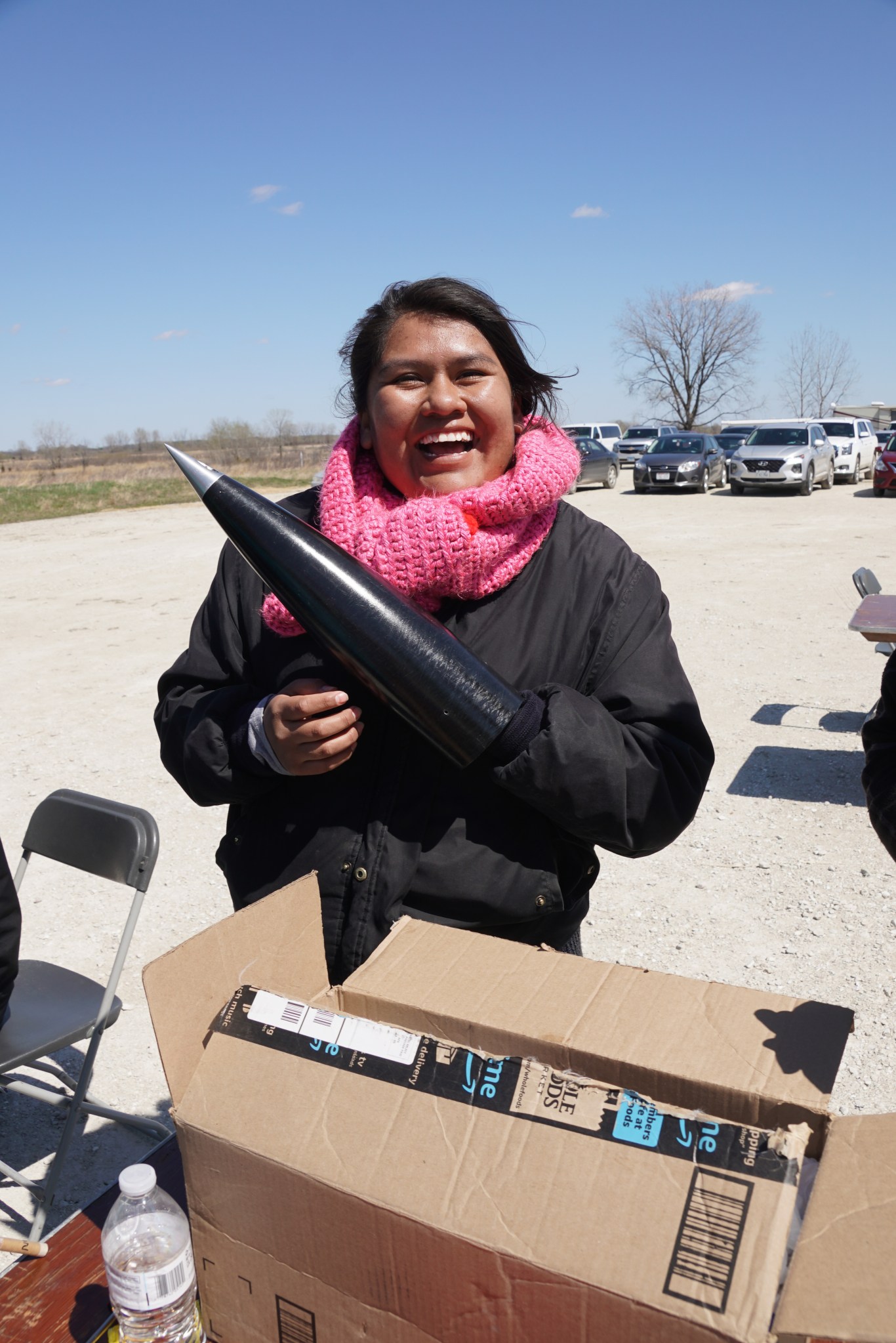
Developed 12 years ago under the Wisconsin Space Grant Consortium (WSGC), FNL provides students who attend Tribal Colleges and Universities (TCU), Native American-Serving Nontribal Institutions, or who are members of collegiate chapters of the American Indian Science and Engineering Society (AISES) with the opportunity to design, build, and launch a high-powered rocket. While WSGC runs the event, NASA partners with the consortium, providing the funding for the program and adopting it as one of the agency’s Artemis Student Challenges.
“There’s a whole wealth of knowledge out there that we need to tap in to,” said Hasson. “When I was a child, working for NASA or working in the space field never even crossed my mind; it was never even on my radar, and I find that sad. We need to be reaching out as much as we can to students and getting them involved so they can pursue their dreams and passions.”
As part of the competition, students put together a team with a variety of skillsets to design and build a high-powered rocket, with motor and dimension specifications outlined in the competition rules and regulations. The teams then travel out to Kansasville and Kenosha, Wisconsin, to launch their rockets at the Richard Bong State Recreational Area and showcase their projects at Carthage College in front of a panel of judges. Adding to the challenge, the rockets can only launch within certain parameters. For example, they have to reach an apogee of at least 3,500 feet above ground level but no more than 4,000 feet – this requirement helps to prepare students who are interested in careers in the space industry, where there is no room for error when designing and building the rockets that will aid in space exploration.
“My whole philosophy has been to equip, empower, and encourage students so they are able to enact,” said WSGC Assistant Director Christine Bolz, who has overseen FNL since 2014. “And that’s what’s been so exciting – watching people have their own ‘aha’ moments and gaining the confidence to do great things.”
Marshand Vasquez, a biology major set to graduate next year from Salish Kootenai College in Montana, believes the hands-on knowledge he gained from designing and building a high-powered rocket as part of the competition has allowed him to challenge himself in school, equipping him with the level of understanding necessary for a variety of STEM courses.
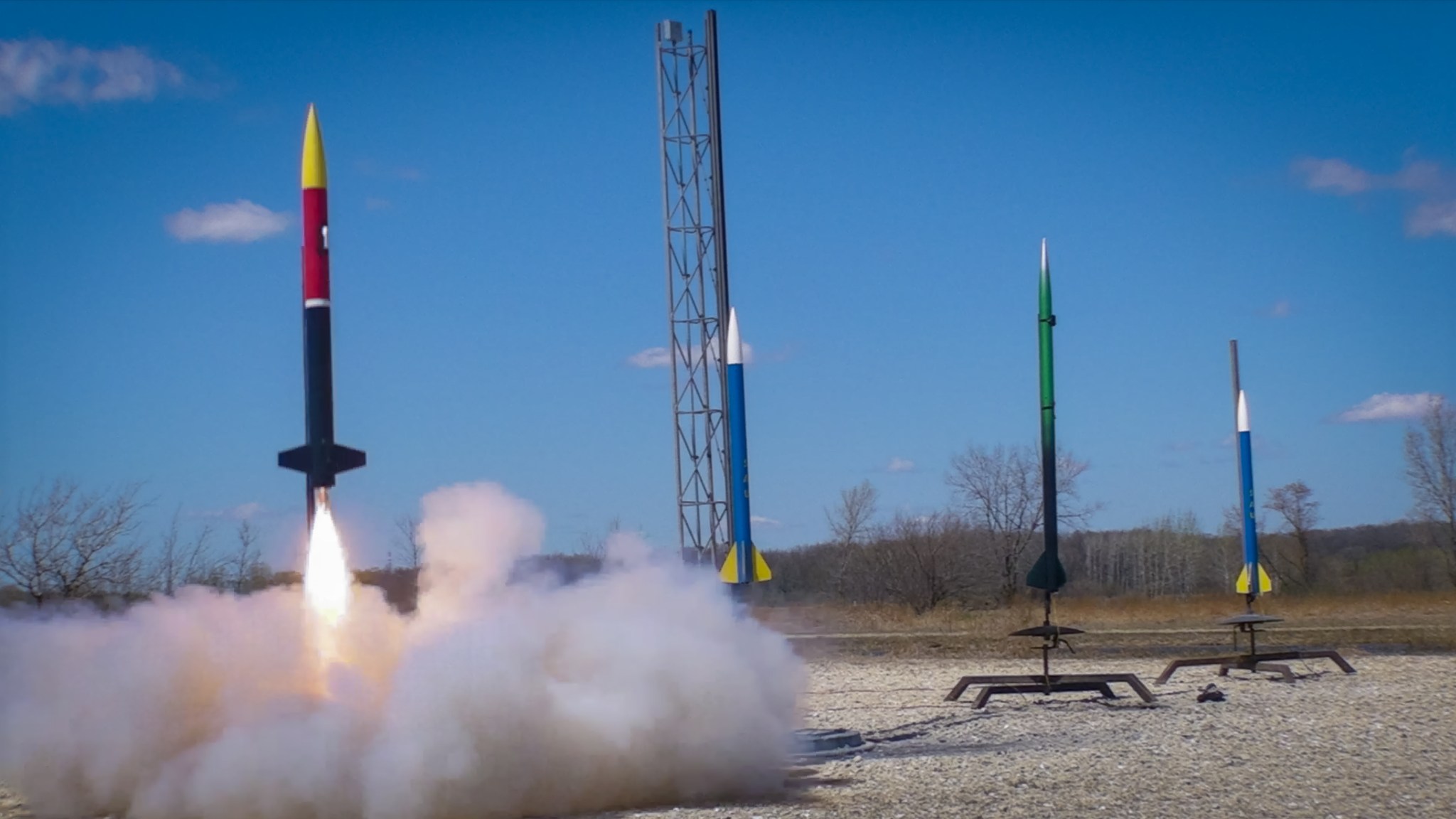
“Prior to First Nations Launch, I had no experience with high-powered rocketry, physics, or calculus, as I was a lower-level life sciences major,” he said. “As I progressed through my undergrad, I started enrolling in these tougher science and math courses, and I honestly felt more comfortable and prepared for the coursework because of the work we put in to FNL. It’s definitely a must for all STEM majors at TCUs.”
When Bolz first became involved with FNL, the maximum number of teams they had participating was 10. Now, that number has grown to 18. One of the things the WSGC has tried to do within the past few years is have multiple outreach opportunities available for teams to show their communities what FNL is and why the competition is important.
If a team is competing for the first time, Bolz said the WSGC will try to do a few extra things to make sure novice teams have all the tools that they need to be successful in the program. Each new team receives two workbooks that provide an introduction to rocketry and a low-powered rocket that they can put together and launch before building a high-powered one, since many students might not have seen a rocket before. Additionally, the WSGC provides teams with the opportunity to send an advisor, a team lead, and one other student to a rocket certification workshop, where they are taken through the entire certification process.
“With this program, we’re literally changing lives, and we’re impacting the communities that many of our students are part of,” said Bolz. “What I love more than anything is the excitement that we’re seeing in the next generation about going back to the Moon and how they can be a part of that. When you can say the word ‘Artemis,’ and people know exactly what that means, that’s exciting.”
Registration for the 12th annual FNL competition closes on Oct. 26, 2020, and the event will take place April 23 through April 25, 2021.










